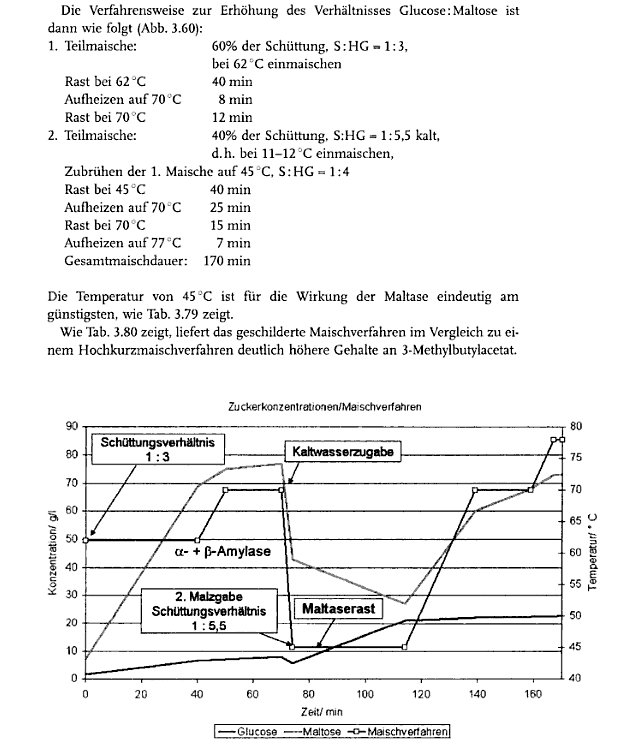Some time ago, I stumbled upon a mention of an Austrian beer style called Horner Bier in some historic brewing-related book, and it got me interested. Deriving from name, the beer was from this small Lower Austrian town called Horn. I have no direct relation to that town (other than an officer in my medical training in the Austrian Army articulating the empty threat that we’d be transferred for disciplinary reasons to the Horn barracks if we didn’t pass the training), but I was nevertheless curious. Apparently, the Horner Bier was an oat malt beer, and quite popular in Vienna in the 18th century (and probably earlier). Just like I got obsessed with proper, historic Vienna Lager a bit, I just had to research this beer, as well.
A starting point is an article that Evan Rail wrote about Horner Bier a while ago. In a book from 1865 by Karl Balling, he found a rough description of the beer:
- It’s an oat beer
- It’s very fizzy and refreshing
- It’s cloudy
Also, Mozart apparently mentioned the beer in some lyrics.

Looking further, I went through the historic brewing books of which there are plenty available for free on Google Play. A book that I mentioned too often recently is “Vollständige Braukunde“, it briefly mentions Horner Bier as one of the few oat beers still being brewed:

In another section on Austrian beer, that same book mentions that in 1822, a law was enacted in Austria that prohibited sparging and making beer from second runnings. It makes no mention about the reason, or previous practices. So for at least some time, Horner Bier may have been a no-sparge beer.
Looking further, the book “Die Staatswirthschafts-Chemie” briefly mentions Horner Bier, as well, in particular that it was made from unkilned, air-dried oat malt (Hafer-Luftmalz), and that it was slightly sour.
Also, in a book about Vienna from 1808 with a title too long to mention here, Horner Bier is mentioned as one of three beer styles common in the city. In this account, it is mentioned as containing very little hops and a small amount of cream of tartar.

So, to summarize, what is known about Horner Bier is that it was made from oat malt, it was fizzy, cloudy, considered refreshing, slightly sour, contained only a small amount of hops, and also a bit of cream of tartar was used in its production. It would be interesting to see measurements of original and final gravity, or perhaps even a historic recipe, but my research hasn’t surfaced anything like that. I’ll probably attempt to brew a version of it for the Berlin Homebrewers meetup in September with the theme of historic beer styles.
(thanks go out to Lars Marius Garshol who encouraged me to write down my few findings on Horner Beer)

